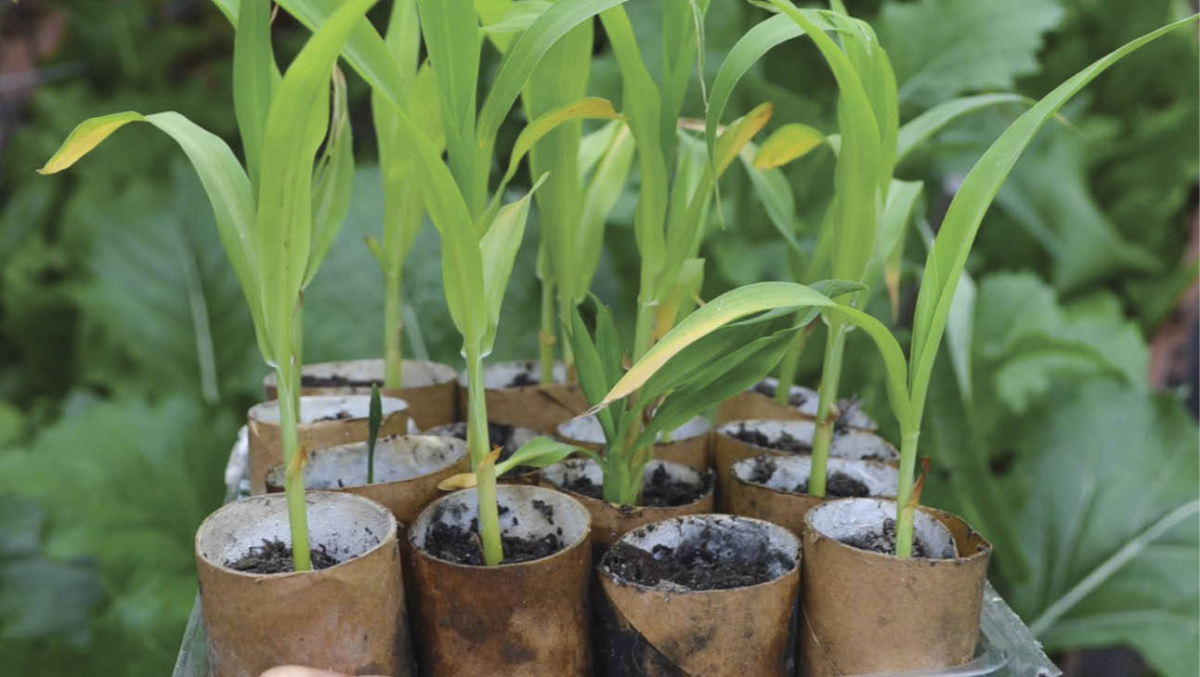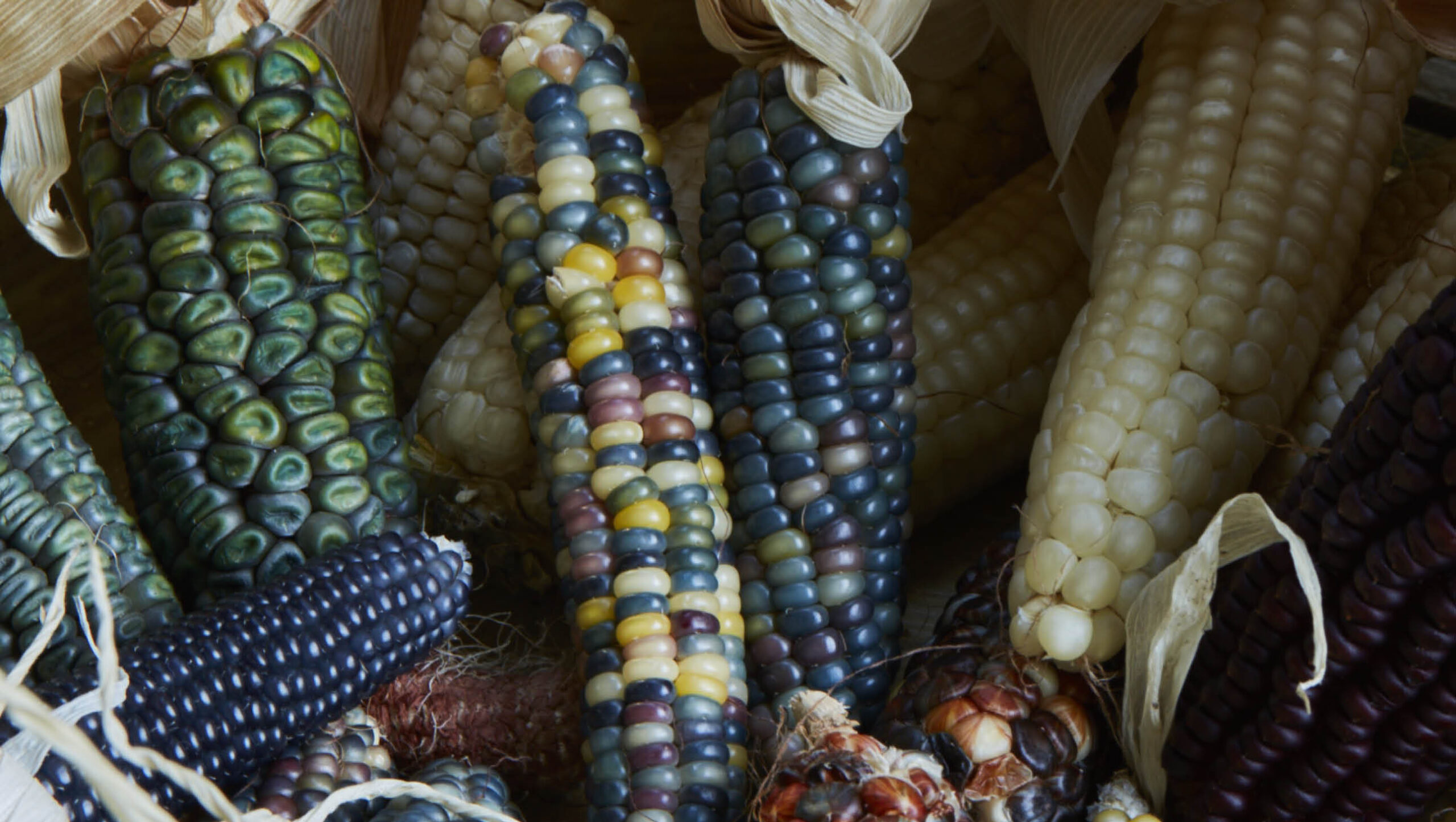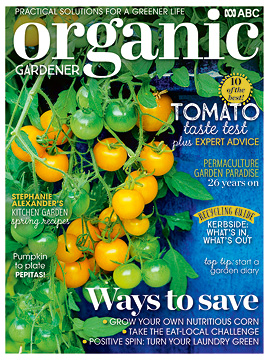Grow colourful corn!
2023-09-14T05:35:32+10:00
Corn in all its colours and types thrives in our hot summers and can be packed into a small space making it an ideal backyard vegie, writes Jian Liu.
Corn thrives in our harsh Australian summers and is a fun and fascinating vegetable to grow. With so many uses from popcorn, to cornflour and of course eating straight off the cob, it is an ideal addition to any backyard vegie patch. It will take time to mature from seed to cob, but is worth it.
Seed or seedlings?
I highly recommend planting corn from seed for a number of reasons:
- Corn resents transplantation. Growing from seed allows you to sow directly into your garden bed, or sow into individual pots or multicell punnets for minimal root disturbance.
- Corn seeds are literally corn kernels – large and easy to space the appropriate distance apart.
- You can access the incredible diversity of heirloom corn varieties. If buying seedlings from a nursery, you will likely be limited to sweet corn.
- If growing more than one variety, you can control timing and avoid cross-pollination.

Soil preparation
Corn is a voracious feeder – being a type of grass, it is extremely fast growing. Good soil preparation is vital for a rewarding harvest. Our corn plants get the luxury treatment. Before planting, we incorporate generous amounts of well-rotted cow manure and compost into our soil to provide much-needed organic matter, as well as improve soil texture and drainage. We then supplement this with our composted chicken manure, worm castings and rock dust sprinkled into each hole at the time of planting.
If you don’t have your own organic compost or manure, you can purchase from garden centres.
For an extra boost, we often plant a nitrogen-fixing crop over winter, such as broad beans, which we cut down and dig into the soil as a rich green manure before planting our corn.
Once your plants are a metre high (or earlier if they start looking a little yellow), feed them weekly with a liquid fertiliser, such as fish emulsion or comfrey tea, or add slow-release chicken manure pellets. It is hard to overfeed corn!
During the growing season, corn plants benefit from being ‘hilled up’ with soil, compost or mulch at their base. This encourages more adventitious roots to form, giving plants additional support – tall corn stalks can topple over in strong winds.
There’s more tips to help you grow corn in our Spring 2023 issue (OG 144). You can get a copy of the issue delivered to your door, just head here.







